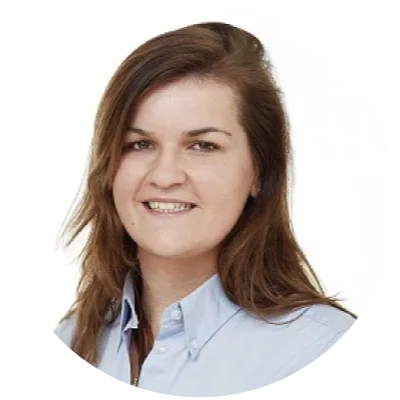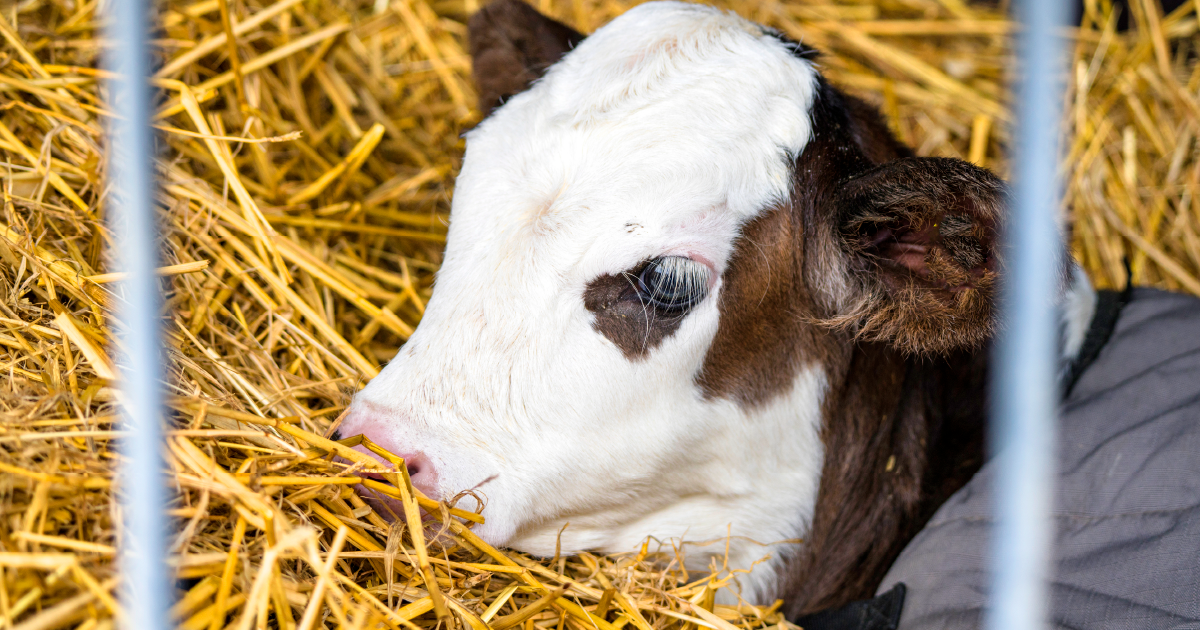Scour (Rotavirus coronavirus) in calves is quickly spread via the faecal-oral route, therefore removing sick calves from the group as soon as possible not only limits the spread of disease but makes them easier to treat. By leaving these clinically sick calves in the pen you risk the rest of the group suffering sub-clinically. These sub-clinical symptoms may not be as visible but will be an underlying contributor to poor performance. Isolated calves should remain separated from the main herd even after symptoms have subsided as they will still be shedding oocysts.
Key areas to monitor within your calving sheds
You will find in our previous blog, 11 ways for preventing calf scour, how to help reduce the risk but what should you be aware of when managing hygiene within your calf housing.
It is important to clean the calf's environment thoroughly to isolate the source of the infection and prevent any spread. This includes cleaning the calf's pen, bedding, and feeding utensils. You can use a disinfectant to clean these items, and be sure to rinse them thoroughly afterwards. You should also clean the calf's body with a mild soap and water solution.
Here are the steps on how to clean calving areas when calf scour is present:
- Remove the calf from the pen.
- Remove all bedding and feeding utensils from the pen.
- Sweep or vacuum the pen to remove any debris.
- Disinfect the pen with a disinfectant solution.
- Rinse the pen with water.
- Replace the bedding and feeding utensils.
- Return the calf to the pen.
It is important to clean the calf's environment as soon as possible after you notice that the calf has scour. This will help to prevent the spread of the disease to other calves.
Isolation pens should be well bedded and well drained. Wet bedding is cold bedding, damp environments also support pathogen colonisation. Cold calves use up more of their energy reserves keeping warm, available energy will already be depleted if appetite is supressed as well as less warmth being generated from movement in more extreme cases where calves are mostly down. Calf coats and heat lamps can be used to support a warm environment – remember calf coats should be clean and need washing at 60 degrees before being used on the next calf. Isolation pens should be free from draughts but with a through put of fresh air as this reduces the ability for pathogens to survive in the environment. Where possible avoid sick calves sharing as air space with healthy animals.
When building or buying isolation pens consider their easiness to clean and disinfect, it may also be worth including somewhere to safely hang heat lamps and oesophageal feeding equipment if the bag design is your style of choice.
Equipment for sick and healthy calves should be separate. Ideally separate buckets and teats should be used for isolation pen calves only and these must be different to colostrum calves that may be separate from the group pens for their first feeds. It is a must to have at least 2 oesophageal feeders that are clearly identified as either colostrum feeders or sick calf feeders. Sick calves should always be tended to after healthy calves and personal disinfection e.g footdips and separate overalls/waterproofs should be used to minimise the spread of disease.
In summary, the correct isolation of sick calves will aid their recovery through more individual treatment, as well as protecting healthy calves from contracting the disease but care must also be taken not to move pathogens between sick and healthy calves via person or equipment.










